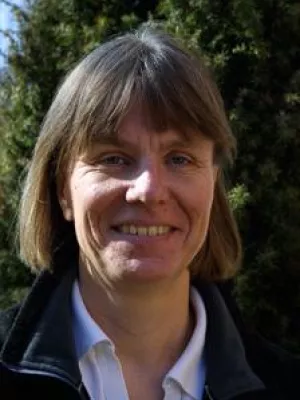
Katarina Hedlund
Professor

Soil food web properties explain ecosystem services across European land use systems
Author
Summary, in English
Intensive land use reduces the diversity and abundance of many soil biota, with consequences for the processes that they govern and the ecosystem services that these processes underpin. Relationships between soil biota and ecosystem processes have mostly been found in laboratory experiments and rarely are found in the field. Here, we quantified, across four countries of contrasting climatic and soil conditions in Europe, how differences in soil food web composition resulting from land use systems (intensive wheat rotation, extensive rotation, and permanent grassland) influence the functioning of soils and the ecosystem services that they deliver. Intensive wheat rotation consistently reduced the biomass of all components of the soil food web across all countries. Soil food web properties strongly and consistently predicted processes of C and N cycling across land use systems and geographic locations, and they were a better predictor of these processes than land use. Processes of carbon loss increased with soil food web properties that correlated with soil C content, such as earthworm biomass and fungal/bacterial energy channel ratio, and were greatest in permanent grassland. In contrast, processes of N cycling were explained by soil food web properties independent of land use, such as arbuscular mycorrhizal fungi and bacterial channel biomass. Our quantification of the contribution of soil organisms to processes of C and N cycling across land use systems and geographic locations shows that soil biota need to be included in C and N cycling models and highlights the need to map and conserve soil biodiversity across the world.
Department/s
- Biodiversity
- BECC: Biodiversity and Ecosystem services in a Changing Climate
- Soil Ecology
Publishing year
2013
Language
English
Pages
14296-14301
Publication/Series
Proceedings of the National Academy of Sciences
Volume
110
Issue
35
Document type
Journal article
Publisher
National Academy of Sciences
Topic
- Ecology
Keywords
- soil fauna
- modeling
- soil microbes
- nitrogen
Status
Published
Research group
- Soil Ecology
ISBN/ISSN/Other
- ISSN: 1091-6490